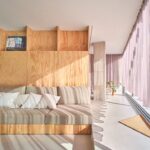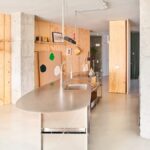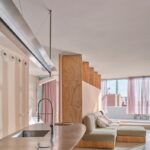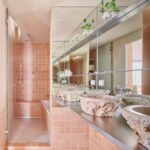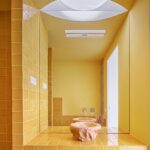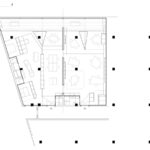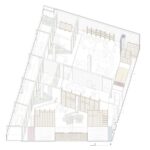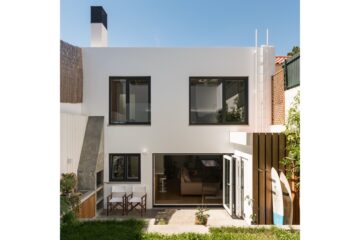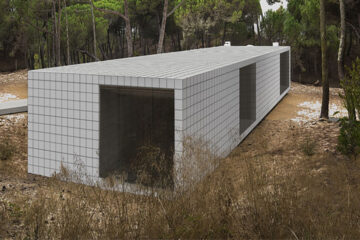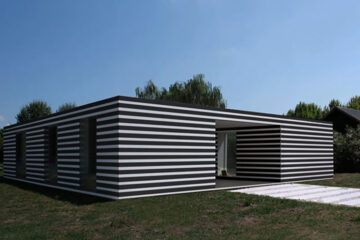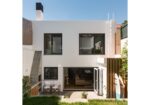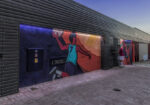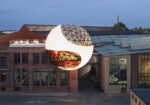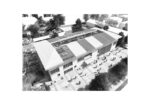Exploring the Concept: Blurring Boundaries in Attic Renovation

In the vibrant city of Barcelona, Spain, architects Maria Giramé and Pau Bajet embarked on a unique project involving the renovation of two interconnected attic spaces in the Poblenou district. This endeavor, undertaken by Bajet Giramé, delves into the concept of the loft as a symbol of spatial freedom, transcending conventional boundaries of ownership and lifestyle spheres.
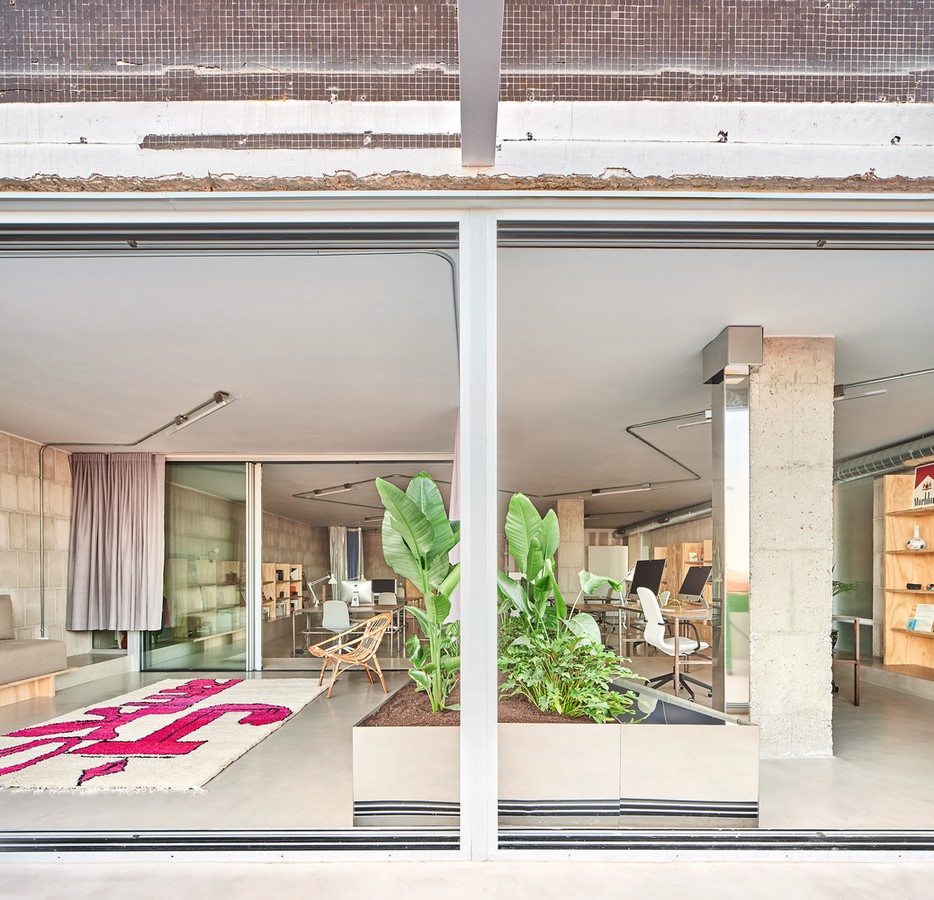
Embracing Spatial Fluidity
The project challenges traditional notions of space, blending intimate areas with communal zones to foster both privacy and social interaction. Through a strategic use of thresholds, transparency elements, and reflective surfaces, the architects blur the distinction between indoor and outdoor environments, encouraging seamless transitions and climatic harmony.
Celebrating Industrial Heritage
The intervention pays homage to the industrial heritage of the original 1970s building, embracing its open-plan layout spanning 50,000 square meters. Constructive poetics drive the design approach, manifesting through the layering of materials and objects to create a visually rich and dynamic living landscape.
Raw Aesthetics and Adaptive Design
Each component within the space retains its raw essence, allowing for individual expression and adaptation over time. The unfinished nature of certain areas fosters a sense of openness and possibility, facilitating organic relationships between the occupants and their surroundings.
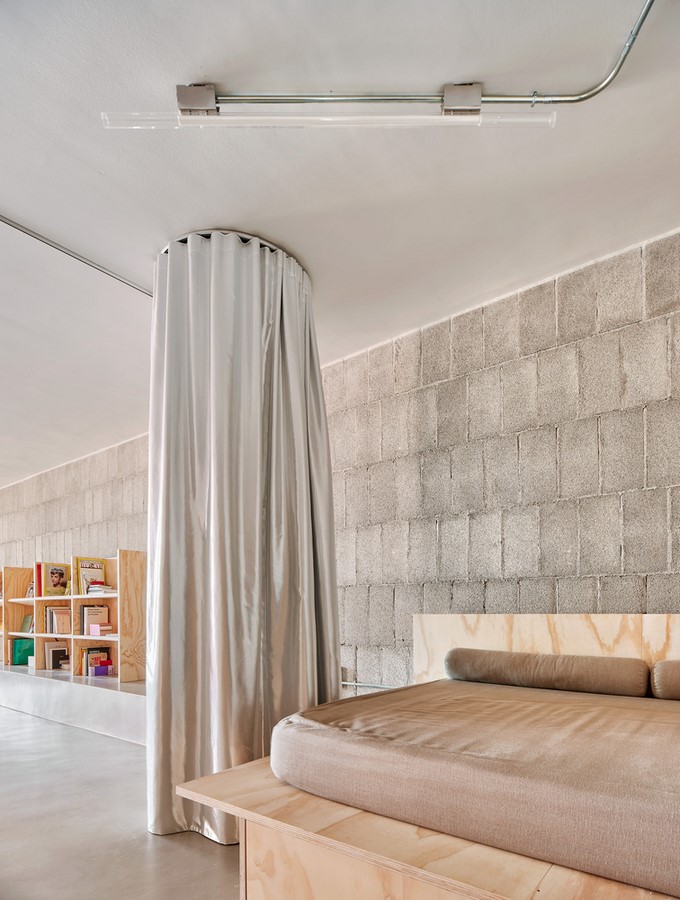
Bridging Traditional Craftsmanship with Digital Innovation
The architectural narrative navigates the intersection between traditional craftsmanship and digital fabrication techniques. Plywood furniture, meticulously crafted using CNC technology, assumes multifunctional roles within the space, serving as both structural elements and functional amenities.
Integrating Functional Elements with Aesthetic Sensibilities
Stainless steel structures, precision-engineered through laser cutting, seamlessly integrate into the living environment, adding a touch of modernity while fulfilling essential functions related to cooking and hygiene. Pragmatic considerations inform the design of bathrooms and utilities, housed within gypsum cardboard volumes that offer a canvas for spatial experimentation and visual play.
Conclusion
The renovation of these interconnected attics exemplifies a harmonious blend of spatial innovation, industrial heritage appreciation, and thoughtful design execution. Bajet Giramé’s approach transcends mere architectural intervention, embodying a philosophy of fluidity, adaptability, and aesthetic integrity.
- Screenshot
- Screenshot


